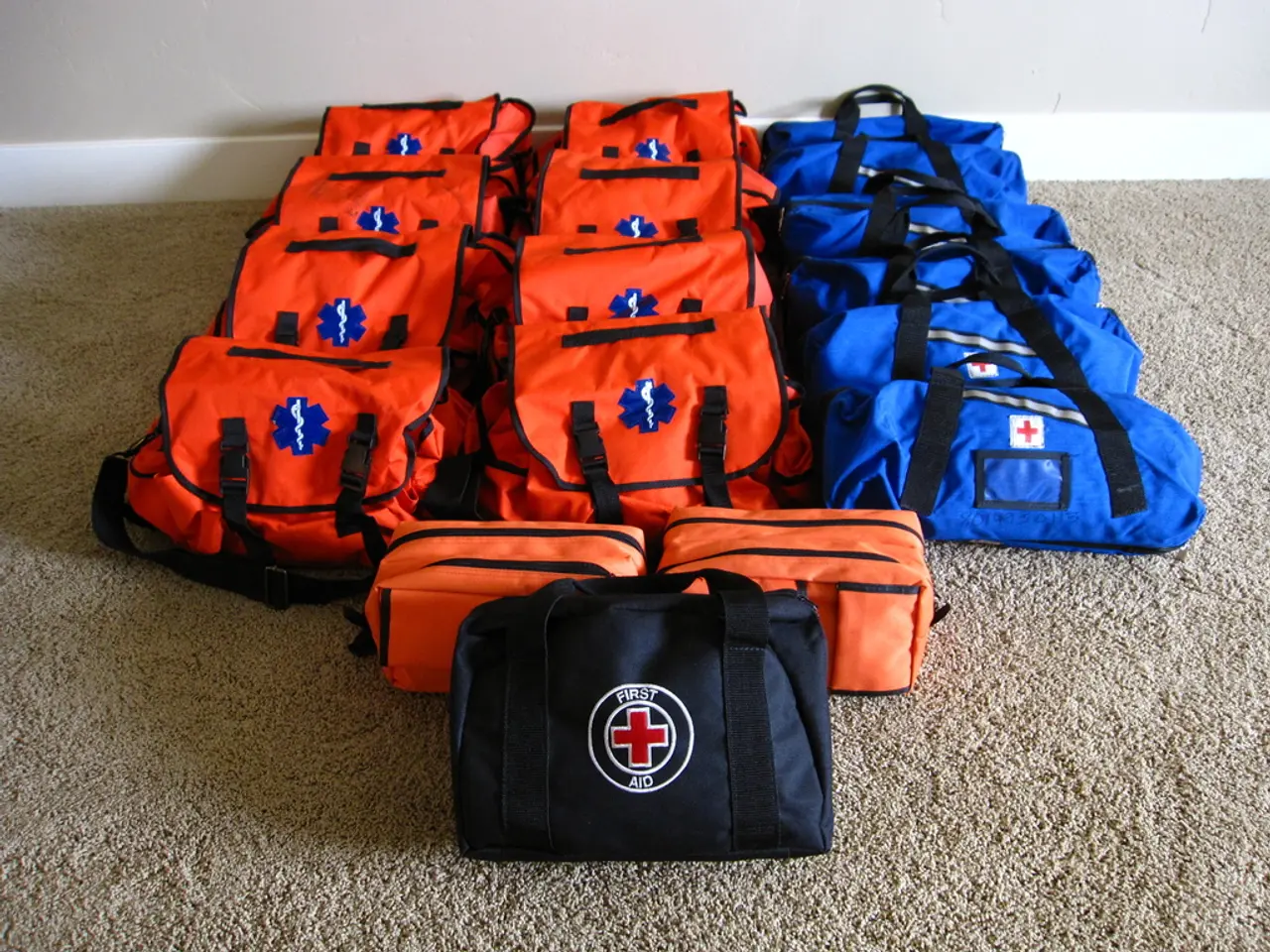Results of the ANAIS study conducted by Anaconda Biomed have been published in the American Journal of Neuroradiology.
The ATHENA clinical trial, a groundbreaking study conducted by Anaconda Biomed, S.L., is making waves in the medical community with its investigation into the safety and effectiveness of the ANA Funnel Catheter in treating acute ischemic stroke.
The ANA Funnel Catheter is a novel device designed to work in conjunction with stent retrievers, aiming to arrest blood flow and reduce the risk for clot fragmentation during mechanical thrombectomy. This combination of flow restriction with aspiration is expected to enhance clot removal safety and efficacy, potentially improving thrombectomy outcomes.
The ATHENA trial, a global, randomized pivotal study involving 327 patients, has recently reached a significant milestone with the enrollment and treatment of the first U.S. patient in April 2025, performed by Dr. Shahram Majidi at Mount Sinai, New York. No detailed outcome data such as efficacy percentages or safety endpoints have been publicly released yet, but the study is positioned as pivotal, indicating its role as a key trial for regulatory and clinical evidence purposes.
The ANA5, the subject of the ongoing ATHENA trial, is designed to assist in the delivery of intravascular devices such as stent retrievers and microcatheters. It features a radiopaque, self-expanding funnel covered with a continuous sealing coating, enabling temporary local flow restriction upon deployment. In the ANAIS study, the primary efficacy endpoint of successful reperfusion (eTICI 2b50-3) within three passes was achieved in 70% of patients in the intention-to-treat (ITT) population and 81% in the per-protocol (PP) population. When the ANA device was deployed in the ICA C2-C3 segment and continuous aspiration was applied, first pass effect, or FPE, (eTICI 2c-3) was achieved in 83% of the cases.
These high rates of FPE observed in the ANAIS study are being implemented in the ongoing ATHENA clinical trial. The ANA5, with its large lumen matching the diameter of the target artery, is expected to further enhance clot removal during acute ischemic stroke thrombectomy procedures.
Anaconda Biomed has also made headlines with the appointment of a new CEO, further signalling their commitment to the development and application of innovative neurovascular devices. The trend towards minimally invasive neurothrombectomy devices, offering faster recovery and fewer complications compared to traditional surgery, continues to gather momentum, with advanced imaging and robotic assistance noted as complementary technologies expected to improve thrombectomy procedures further.
In summary, the ATHENA trial is ongoing, with promising procedural application demonstrated, but concrete final results or published data on outcomes are not yet available publicly as of August 2025. The ANA Funnel Catheter, as a potential adjunct to stent retriever thrombectomy in the treatment of acute ischemic stroke, is certainly one to watch in the coming months.
The ANA Funnel Catheter, a cutting-edge device designed to aid in thrombectomy procedures for treating acute ischemic stroke, is part of a broader health-and-wellness and medical-conditions focus, particularly neurological disorders, where technology plays a significant role in enhancing treatment safety and efficacy. Anaconda Biomed's continuous research and development in neurovascular devices, including the ongoing ATHENA trial, underscore their commitment to science and improving health-and-wellness outcomes through innovation.




